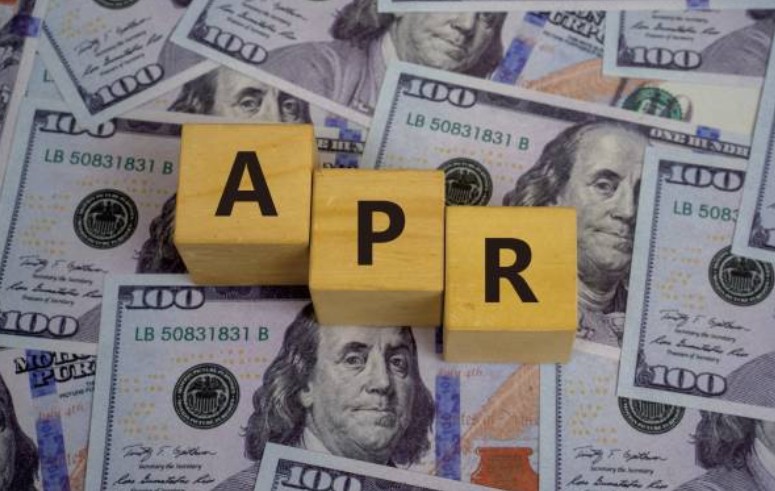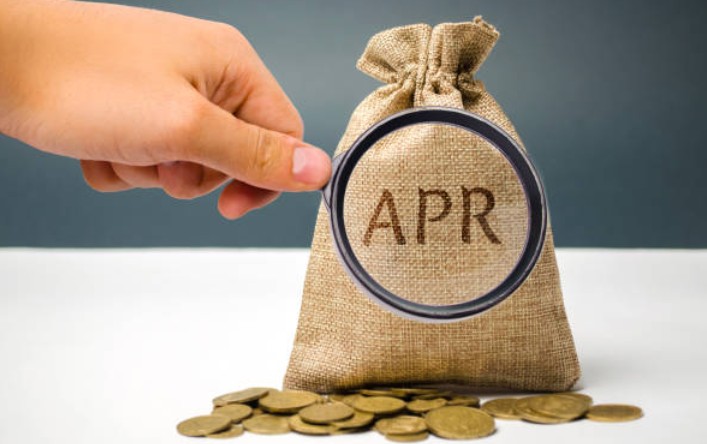Understanding what Is APR Rate on Credit Card? is essential for every UK consumer who wants to keep a firm grip on their finances. In today’s dynamic economic landscape, being informed about the Annual Percentage Rate (APR) can not only help you manage debt more efficiently but also save you money in the long run. This detailed guide explains the intricacies of APR, its impact on your finances, and how you can compare various credit card offers with ease.
What Is APR Rate on Credit Card?
What Is APR Rate on Credit Card? It represents the yearly interest rate charged for using a credit card, shown as a percentage. It encompasses both the interest rate and any additional fees, providing you with a complete picture of what you could be charged over a year if you carry a balance. This concept enables consumers to make informed decisions by comparing the total costs of different credit card offers.
How Can Knowing Your APR Save You Money?

Curious about how a small percentage can significantly affect your finances? Understanding APR is crucial because:
- It reveals the total cost of borrowing: Understanding the APR allows you to gauge the actual expense of carrying a balance on your credit card over time.
- It Enhances Your Budgeting: With a clear picture of the annual cost, you can plan your monthly payments more effectively.
- It Empowers You to Compare Offers: APR serves as a standardised metric, allowing you to compare cards even when they come with different fee structures and introductory offers.
Which UK Banks Offer the Best APR Rates on Credit Cards?
A closer look at current offerings by major UK banks can provide you with insight into what’s available in the market. The following table offers a snapshot of the APR rates from some leading UK banks as of early 2025:
| Bank | Credit Card Name | APR (%) | Key Features |
| Barclays | Blue Momentum | 19.9 | Introductory 0% on purchases, flexible terms |
| HSBC | Everyday Card | 18.5 | Reward points, tailored for daily spending |
| Lloyds Bank | Platinum Credit Card | 20.2 | Enhanced cashback & bonus offers |
| NatWest | Reward Credit Card | 17.9 | Comprehensive rewards and low fees |
| Santander | All-in-One Credit Card | 19.0 | Inclusive benefits, including travel insurance |
This table is designed to help you quickly assess your options and understand the variability among offers. Be sure to check with your bank for the most accurate and current information.
What Factors Influence APR Rates on Credit Cards?

Understanding the factors that drive APR rates can clarify why different cards have varying rates. Consider the following aspects:
- Economic Climate: Banks adjust APRs in response to economic indicators such as inflation and the base rate set by central banks.
- Creditworthiness: Your credit score can significantly influence the APR you’re offered. Having a lower credit score can result in being offered a higher annual percentage rate (APR).
- Promotional Offers: Many cards advertise attractive introductory APRs, which can increase after an initial period.
- Fees: Beyond the interest, other fees such as annual charges or balance transfer fees are factored into the APR, providing a comprehensive overview of costs.
How Can You Effectively Manage a High APR?
Worried about the implications of a high APR on your financial health? Here are several strategies to help you manage and potentially reduce your borrowing costs:
- Pay More Than the Minimum: Reducing your balance quickly can lower the overall interest you pay.
- Consider Balance Transfers: Transferring your balance to a card with a lower APR can save money on interest.
- Discuss Terms with Your Bank: If your credit score is strong, you may have the leverage to request a reduced APR from your credit card provider.
- Monitor Promotional Periods: Stay alert for introductory offers that can give you a temporary break from high rates.
What Are the Risks of Ignoring Your APR?

Ignoring the APR details on your credit card can lead to several negative consequences. Consider these risks:
- Accumulating Debt: High APRs can lead to rapidly growing debt if you regularly carry a balance.
- Financial Stress: Unexpectedly high interest rates can strain your monthly budget.
- Inadequate Comparisons: Without understanding APR, you might choose a card that appears attractive initially but ends up being costly over the long term.
These risks highlight why it is crucial to stay informed about what Is APR Rate on Credit Card? and actively manage your credit.
How Do Introductory Offers Impact Your APR?
Many credit cards lure consumers with low or 0% introductory APRs that eventually revert to a higher standard rate. Ask yourself:
- What Happens After the Introductory Period?
Understand that the 0% offer is temporary. Be sure to know what the APR will reset to once the promotional period ends. - Are There Hidden Fees?
Some cards may include fees that offset the benefits of an introductory APR. Always read the fine print. - Can I Transition to a Lower APR?
Once the introductory period ends, consider balance transfers or negotiating with your provider to secure a more favourable rate.
What Steps Should UK Consumers Take Next?
To safeguard your financial future, consider these proactive steps:
- Review Your Credit Card Statements Regularly:
Understand any changes in your APR and adjust your spending or payments accordingly. - Stay Informed About Market Trends:
Keep an eye on economic news and central bank announcements as these can influence APR changes. - Shop Around:
Regularly compare credit card offers to ensure you’re getting the best deal available. Use comprehensive tables and charts, like the one provided above, as a starting point for your comparisons. - Ask Questions:
Engage with your bank or a financial advisor to clarify any doubts. Remember, if you’re not sure about the terms, ask for more details.
Final Thoughts: Empowering Your Financial Decisions
In conclusion, knowing what Is APR Rate on Credit Card is not just about understanding a number—it’s about equipping yourself with the knowledge to make savvy financial decisions. For UK consumers, this understanding translates to smarter spending, efficient debt management, and ultimately, financial freedom. Regularly checking your APR and questioning your credit card’s terms can help you stay ahead in today’s fast-paced financial world.
By taking control and comparing offers meticulously, you are better positioned to choose a credit card that aligns with your financial goals. Stay proactive, ask the right questions, and keep up-to-date with the latest market developments for a secure financial future.
FAQs: Deep Dive into Credit Card APR
What is APR Rate on Credit Card, and how is it calculated?
APR is calculated by combining the interest rate with any fees associated with the credit card, offering a comprehensive view of your yearly cost if a balance is maintained.
Why is the APR so important for UK consumers?
In the UK, where financial prudence is key, understanding your APR helps in planning budgets, managing debt, and ensuring that you do not fall into costly borrowing habits.
How do introductory offers work with APR rates?
Introductory offers often feature very low or 0% APR for a fixed period. However, this rate increases after the promotion, sometimes significantly.
What steps can I take if my APR is too high?
Strategies include paying more than the minimum payment, transferring your balance to a lower-rate card, or negotiating directly with your bank for a rate reduction.






